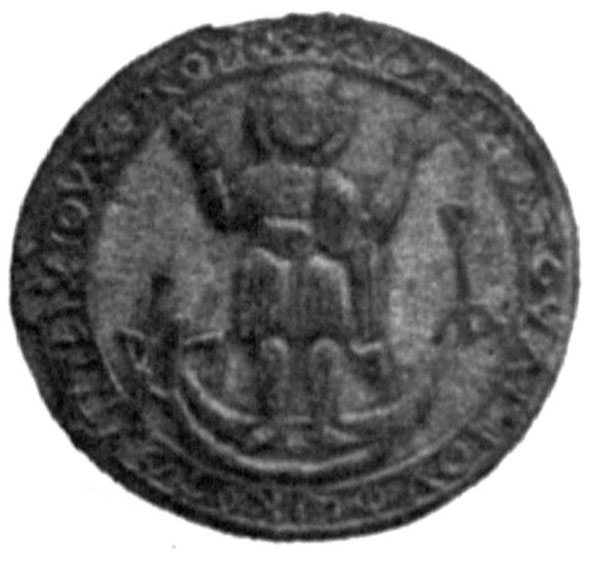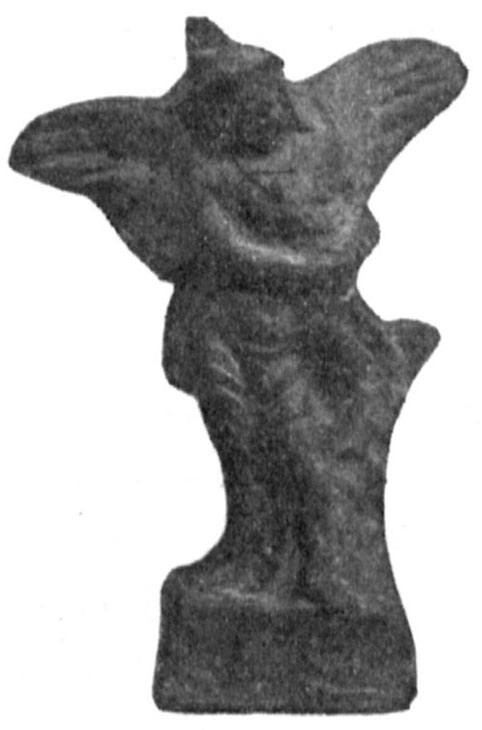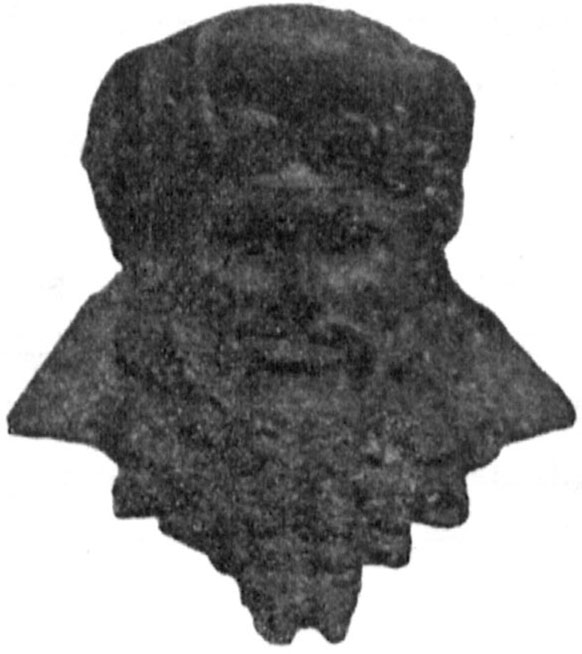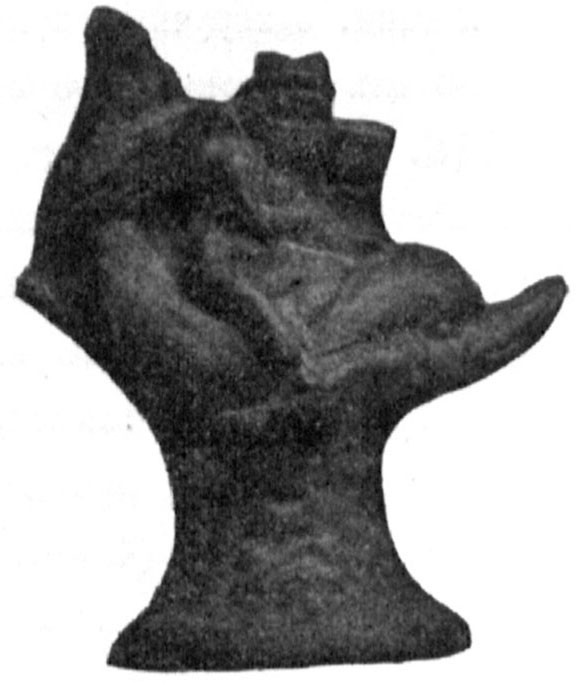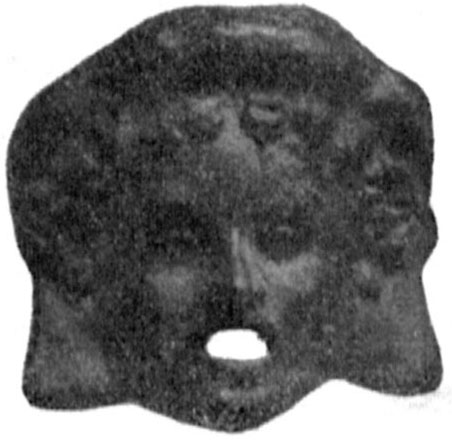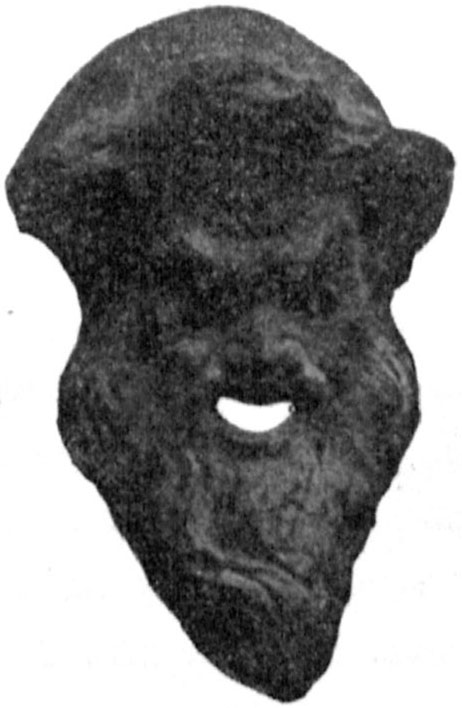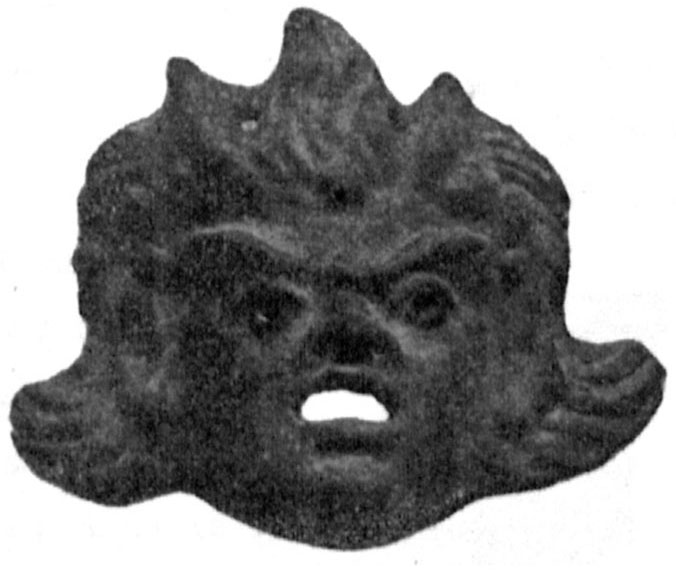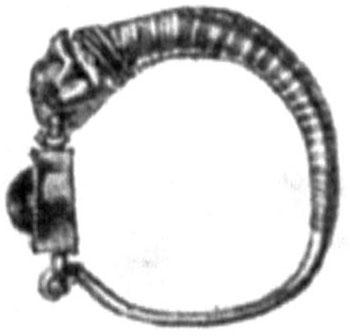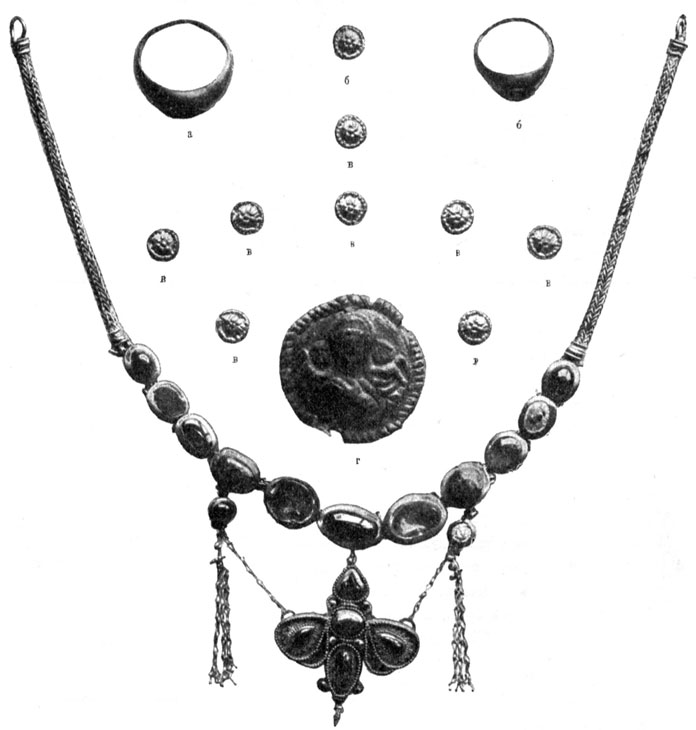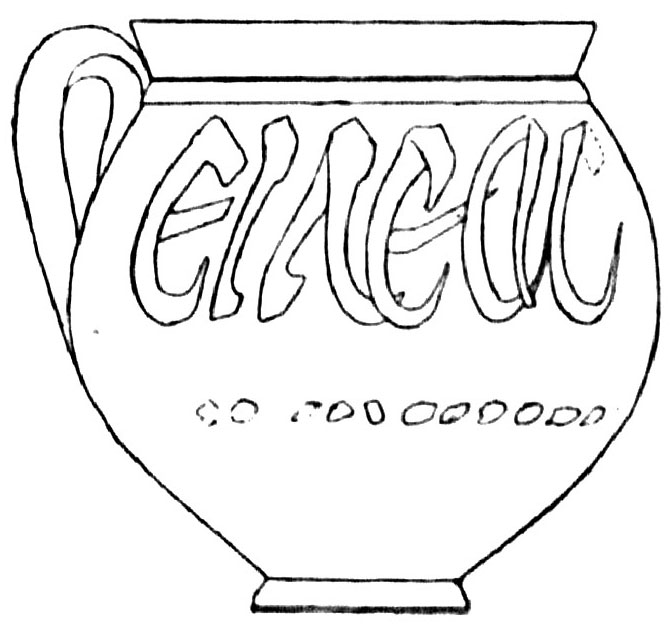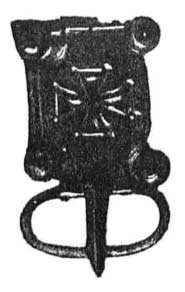 |
 |
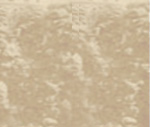 |
|
||
| main :: biography :: texts :: manuscripts :: photographs :: drawings :: squeezes :: publications :: about | ||
|
Year 1896 ...
IN CHERSONESOS
By the example of the past years, the excavations in Chersonesos were made both in the ancient city site and in the necropolis, under the supervision of the employee of the Archaeological Commission K. K. Kostsyushko-Valyuzhinich. In the city site, the excavations concentrated in three areas. First, we brought the works started in the past year on the north side of the warehouse of antiquities to the rock that limits this area from the n<orth>. The finds discovered there: the street with two stone drains, side street, that was most close to the sea and went to the altarless church uncovered in 1892, and the site of the upper city and lower, most ancient one. Eastwards, closer to the cisterns discovered in 1895, there appeared to be three similar pits of excellent preservation. One cistern was filled with oyster shells up to the top and contained silver coin of autonomous Chersonesos; in the other, amidst the rest of the finds, there was flat clay circle which, according to the fracture of its back side, was obviously fixed horizontally on a rod. It depicts relief picture of St. Phocas standing in a boat with his hands raised up and fish hanged to his belt. There was well-preserved Byzantine inscription with the names of St. Phocas and the city of Chersonesos in double convex border (fig. 315) .
Second, excavations were made in the south-east corner of the square in front of the
new church
, to the e<ast> from basilica discovered in 1861. There were two streets, one annexed by small altarless church with two tombs inside and one tomb outside. The latter one, as well as one tomb inside, contained only bones; the third one, apart from disarticulated bones, contained Byzantine bronze coin of Romanus I and several child's artifact, such as: 2 glass bracelets, glass ring, 2 bronze earrings, and pair of bronze closed bells. Near the entrance t the altarless church, there were fragments of thin bronze stamped plate that, in prof<essor> N. V. Pokrovskiy's opinion, formed case for Gospel and depicted Resurrection of J<esus> Christ in the form of His descent into hell. In spite of survived fragment is greatly damaged (prof<essor> N. V. Pokrovskiy says), it is possible to determine there the figure of Savior in cross-shaped halo; He is holding cross in his left hand and took Adam by hand by the right, thus taking him out of hell; behind Adam, there is either Eve, standing, as she usually appear in this composition, or angel, as in beautiful gospel book no. 1 from the Iver Monastery on Mt. Athos. On the other side of J<esus> Christ is John the Baptist with raised hand. Under the feet of J<esus> Christ, there are crushed gates of hell and scattered hooks, nails, etc., as the attributes of destroyed Satan's stronghold. On two corners of the casing are traces of two symbols of evangelists. On top, there is damaged inscription:
Lower than the Byzantine city level, there were remains of more ancient buildings, constructed of big dressed ashlars without binding mortar. Shards of fine black-slip pottery discovered there proves the very ancient origin of the above structures. On the n<orth>, these structures adjoins wide street that was inherited by the Byzantine city from the ancient Greek one and went through its acropolis. There probably were the best temples and monuments. There are 3 circular wells and 4 cisterns discovered in the same place and dating to the same ancient Greek period. Among the artifacts discovered from this area of the city site, the worthy of notice are 3 fragments of marble slabs with traces of Greek inscriptions, handles of amphora from Chersonesos, Sinope, Rhodes, and Phasos with names of astynomoi and makers, lower part of small marble group that probably depicted the awakening of Ariadne with Dionysus standing above her, small bronze herma, bronze brooch of the so-called Gothic type, 22 bronze coins from Chersonesos of pre-Christian period, multitude of bronze coins, Bosporan, Late Roman, and Byzantine, and 17 lead votive symbols with various images, from Chersonesos. Third, we started investigation of chancel of the basilica discovered in 1861. There was a great number of multicolored tesserae that prove that walls of this basilica chancel, similarly to the so-called Uvarov one, were decorated with mosaics. Besides that, we have explored the ravine located very close to the road leading from Sevastopol to the monastery. As this ravine was needed for backfilling soil and stone mined in course of the excavations, it was necessary to check whether once it was a branch of Karantinnaya bay and, consequently, could not contain burials. Really, the excavations made there discovered that there was absolutely no cultural layers and the sea water was very close to surface. In the south side of the ravine, in the beginning of the slope, there were 5 wells, carved into bedrock, and stone pool that is collapsed now. These structures had the aim of catching water coming down to the sea from the mountainous part of the peninsula. The excess of the water went out from the basin to the ravine by the channel carved into bedrock in the same place. On the n<orth>, the ravine adjoins the area of the necropolis that was under investigation in last five years. In the year under report, we started excavations in the south part of it, and, first of all, investigated irregular shape barrow (6 ¾ arch<ines> h<igh>), constructed of fine stone and limiting the excavation area on the e<ast>. North half of it was removed, though it opened only plain bedrock with a well carved into it at one place. Hence, this barrow was not burial structure but was probably formed by the stones taken by the Chersonesites from the ravine where they possibly arranged gardens, after it had been being dried in the Roman period. When removing the stone, 3 late bronze coins were uncovered, among other finds. In total, 30 burials were unearthed in this area of the necropolis in the year under report, after which the works were moved to the western shore of Karantinnaya bay, as the road was planned to be established there. In comparison with the other areas studied before, this site kept maximum number of ancient Greek grave constructions, and the finds uncovered from there have made one more argument that such catacomb graves and carved-into-bedrock tombs were used time after time, in different periods. In the year under report, the excavations of this area have given very interesting results. In total, 202 burials were uncovered, and namely: 23 catacombs, 44 tombs that were carved into bedrock (4 of them of the ancient Greek period), 6 tombs that were laid of stone slabs, 10 graves laid of big ancient Greek roof tiles, 1 stone coffin, 101 underground tombs (including 18 of the ancient Greek period), and 17 earthenware urns.
Among the ancient Greek burials, the most interesting is carved-into-bedrock one with child's skeleton. Among the other finds, it contained gold earring in the form of lattice with heart-shaped blue glass; gold crescent-shaped pendant , and bead of the same metal; pair of big twisted silver bracelets; two bone pendants, one in the form of hand showing fig sign, another herma-shaped; nacre bead; 2 terracotta statuettes of Eros embracing rooster
(fig. 316)
and Eros with cithara sitting on dolphin's back
(fig. 318)
, and 4 masks of bearded Bacchus in ivy wreath, of high artistic quality and excellent preservation
(fig. 317)
, bacchae with wide open mouth
(fig. 319)
, Pan with wedge-shaped beard
(fig. 320)
and satyr with tousled hair
(fig. 321)
.
There was also interesting terracotta statuette of sitting woman with high band on the head that was uncovered from underground grave.
Among the other burials, extraordinary interesting is one untouched tomb laid of stone slabs. It contained woman's skeleton, in extended position, with the head to the s<outh>-w<est> and the hands on chest. No trace of boards and nails was found. At the feet of the skeleton, there was bottle of bright glass and glass stick with flat circle on either end, that was used, perhaps, for grinding rouge. On the legs of the skeleton, there were silver hoops. Besides that, the skeleton was accompanied with: pair of big gold earrings in the form of twisted double cord with lynx's heads on its thicker end, hinged to oval medallions with plain convex garnet; rich gold necklace
(fig. 322)
in the form of two plaited cords connected to each other with oval medallions with inserted 9 stones and 2 glasses. The central medallion has hanged big gold butterfly, decorated with granulation, 4 garnets and emerald in the centre. On either side, it has fine gold chain connecting it with two smaller round medallions, which are also fastened to oval medallions. Besides that, two fine gold bunches descends from them. Finally, the skeleton was accompanied with two more gold finger-rings with plain oval stones inserted into sockets
(figs. 323а and №323б)
, seventeen round gold badges
(One of these badges on fig. 323 was, by mistake, marked as letter б instead of в. )
with embossed image of star
(fig. 323б)
, two fine silver badges with impressed images of Aphrodite with two Erotes
(fig. 323г)
, two gold bracelets consisting of ribbed tubes of different size
(fig. 324, unfolded view)
, bronze mirror, and multitude of heterogeneous beads.
The most part of the artifacts uncovered from this tomb are of excellent preservation. One of the catacomb, with 9 skeletons, appeared to contain two earthenware single-handled cups with Greek inscriptions made by white pigment
(
fig. 325
and
fig. 326
)
. Among the catacombs uncovered in the year under report, there are few especially interesting graves of Christian period. At the entrance to one of them, there were big grave cross of rough workmanship and fragment of marble slab depicting the Savior walking on water
(fig. 327)
.
The only criterion (prof<essor> N. V. Pokrovskiy says) to allow us to date the time of origin of this monument is beardless ancient-like type of the Savior, that makes it possible to hypothesize that this scene is made by the master in ancient style and dates approximately to the fifth or sixth century. This inscription can be read as:
There also is exciting stone coffin in the form of trough covered with slab. It contained child's skeleton accompanied with, among the other finds, bronze coin of Chersonesos, unfortunately, undatable. From the finds discovered in the mound of the necropolis, we would like to call your attention to: fragment of marble statue depicting naked man leaning against a tree, who holds lynx that grabbed his chest, with both hands; several fragments of grave steles with remains of inscriptions of different periods; and bronze statuette of bearded man, sitting.
From 1896 Report of the Imperial Archaeological Commission signed by the Chair, count A. A. Bobrinskiy. Published in Saint Petersburg in 1898.
|
|||||||||||||||||||||||||||||
| ©National Preserve of Tauric Chersonesos . 2007 - 2026 |
